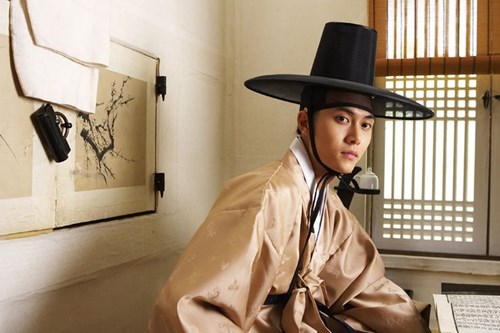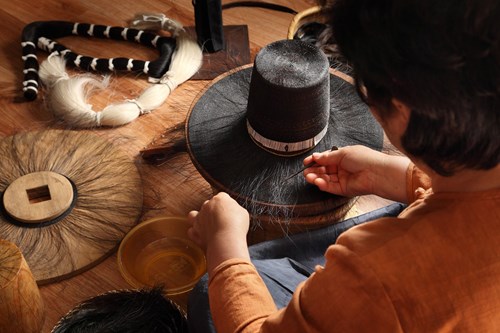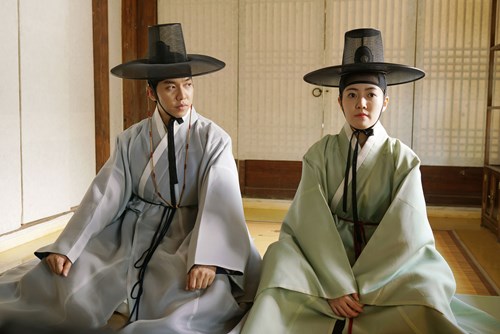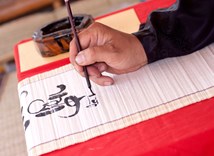From striking buildings and monuments to natural parks, unique landscapes and more than 4,000 years of history, Korea, still little known to travelers, is a hidden beauty worth exploring. To immerse yourself in the country's well-kept traditions, we suggest you discover the "gat", the traditional Korean hat which illustrates the cultural beauty of this ancient kingdom.

Until the end of the late 19th century, only the nobles could wear a gat, which represented their social status or profession, and protected their topknots. Afterward, there were different types of gats in various colors for all citizens, depending on the occasion and their social class.
Design & Function

With its distinctive design and shape, this hat, made from horse hair with a bamboo frame, was introduced during the Joseon Dynasty (1392-1897). A gat is cylindrical with a wide brim and is a typically semi-transparent black color. Typically, it is worn to protect the wearer from rain or sunshine.
Although all types of "gats" are mostly made from the same materials and methods, the addition of colors and different patterns have allowed them to be distinguished according to their function.
In the Joseon period, these hats reflected and expressed Confucian values. Therefore, the nobleman's ritual of tying the topknot and putting on the headband was an expression of Confucian culture and one’s integrity as a member of society.
Types

Styles or types of a Gat vary by occupation or social status. Examples include:
- Samo: a thimble-like hat worn by government officials.
- Jeongjagwan: a more angled hat worn by yangbans (*) and teachers.
- Unlip: a hat made of wool or cotton worn by military officials and soldiers.
- Paeraengi: a hat made of bamboo, reed, or arrowroot worn by commoners.
Cultural Significance

Today, the elderly and rural people still wear these hats in their daily lives. While its function remains the same, it is also worn to cover the face in times of mourning or at celebrations, such as weddings, birthdays and important milestones.
Like the traditional hanbok, the gat has always been an essential part of Korean heritage and history. It is valuable not only for its cultural symbolism and preservation of traditional Korean clothing, but also for its unique artistic significance.
Note:
(*) Yangban: Traditional ruling class, consisting of nobles, civil servants, and officers.








